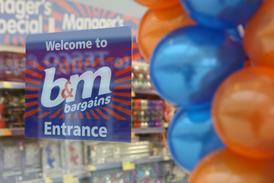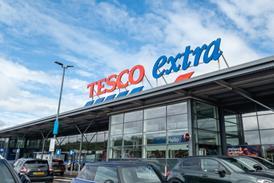Opinion: Digital shelf-edge labelling is the future
By John Richards2017-10-16T07:00:00

You all know that ad that goes “it does what it says on the tin”, but how many retailers can match up to this simple claim?
Already have an account? Sign in here

















